








Images of Rare Species and Schools of Tropical Fish
Limited Edition Signed color photography for sale by Stephen Brunson.
Digital stock photography for publication, commercial use and all other media for sale.
Click on picture for more detail

























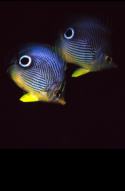
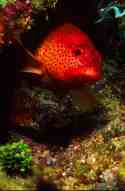
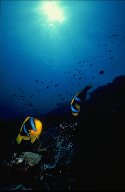
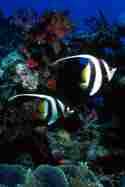
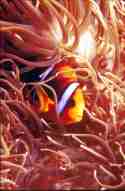





BrunsonImages@att.net